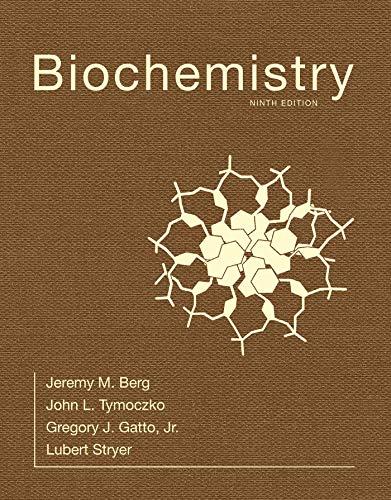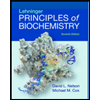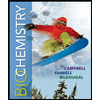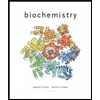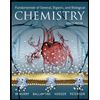At pH = 7 the wild type enzyme X has optimal activity. The H102A mutant has half the maximum activity at pH = 7? Which can be a conclusion for this data? Select all that apply: H102 acts like an acid in this reaction. H102 aids in substrate binding O H102 acts like a base in this reaction. Oa strong nucleophile is necessary for catalysis to occur.
Nucleotides
It is an organic molecule made up of three basic components- a nitrogenous base, phosphate,and pentose sugar. The nucleotides are important for metabolic reactions andthe formation of DNA (deoxyribonucleic acid) and RNA (ribonucleic acid).
Nucleic Acids
Nucleic acids are essential biomolecules present in prokaryotic and eukaryotic cells and viruses. They carry the genetic information for the synthesis of proteins and cellular replication. The nucleic acids are of two types: deoxyribonucleic acid (DNA) and ribonucleic acid (RNA). The structure of all proteins and ultimately every biomolecule and cellular component is a product of information encoded in the sequence of nucleic acids. Parts of a DNA molecule containing the information needed to synthesize a protein or an RNA are genes. Nucleic acids can store and transmit genetic information from one generation to the next, fundamental to any life form.
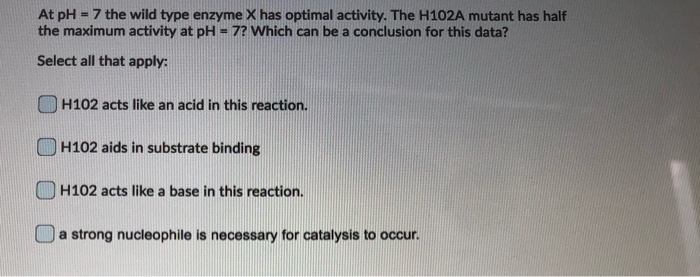
Trending now
This is a popular solution!
Step by step
Solved in 2 steps

